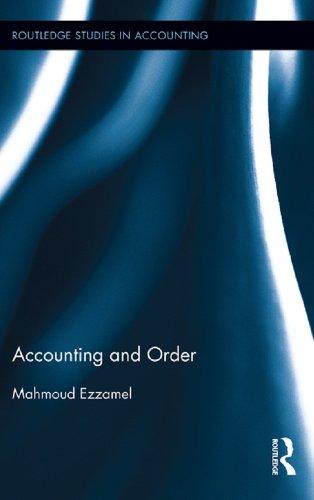Question
Directions Well, thought-out answers are expected. Pay attention to the clues within the questions and make sure to read materials in the embedded links. Question
Directions Well, thought-out answers are expected. Pay attention to the clues within the questions and make sure to read materials in the embedded links.
Question 1 Insurance companies have specific premium pricing models to help ensure that they will, at the very least, balance the premiums they receive with the claims they pay out over the long term. What is the process of underwritting and how is it used to price insurance policies?
Question 2 Potentially insuring millions of people can be intimidating for a company because they want to make sure they do not pay excess on claims. How do insurance companies make money? What are the general statistical concepts used to calculate insurance premiums?
Question 3 There is insurance for almost anything you can think of that is associated with risk. The options are constantly being advertised to us and our natural fear of loss often finds insurance attractive, or at least desirable. We have learned that insurance needs are very circumstantial (people live different lives and thus have different needs). How does using the concept of opportunity cost help us when it comes to paying out of pocket for insurance?
Question 4 Insurance companies care a great deal about risk. Too much of it and it is hard to offer affordable insurance, too little and people may lose interest in being insured. Looking at this article on insurance companies being affected by natural disasters in Florida, comment on how insurance companies lose money or potentially go out of business? hint: think along the lines of probability, risk, costs, affordability, etc.
Question 5 The Affordable Care Act (ACA, passed in 2010) expanded the access to Medicaid to cover income levels up to 138% of the poverty level. Comment on what exactly this means?
Question 6 Whats the difference between a Health Savings Account (HSA) and a Flexible Spending Arrangement (FSA)? What are the key benefits and drawbacks for each? Which one can take advantage of the power of compound interest and invest unused balances over time?
Extra Credit (5 points) The current poverty level for a single household is $12,760. For a house hold of four its $26,200. Using the percentage above (138%), find the adjusted limits on the minimum income to qualify for Medicaid?
Step by Step Solution
There are 3 Steps involved in it
Step: 1

Get Instant Access to Expert-Tailored Solutions
See step-by-step solutions with expert insights and AI powered tools for academic success
Step: 2

Step: 3

Ace Your Homework with AI
Get the answers you need in no time with our AI-driven, step-by-step assistance
Get Started


